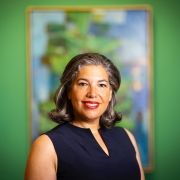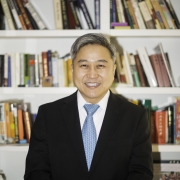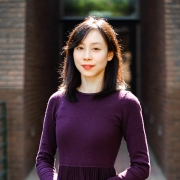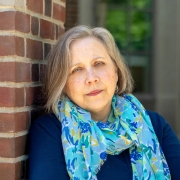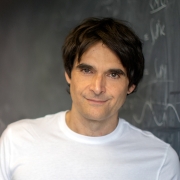Marking the Winter Solstice, from Neolithic Times to Today
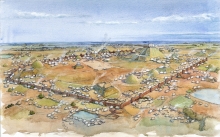
Nine hours and 20 minutes. In Philadelphia, that’s how much daylight plays upon Earth on the shortest day of the year. With the winter solstice now upon us, we can look forward to days that steadily lengthen and erode away at the cold, protracted nights.
For millennia, people have recognized this time of year with rituals and celebration. And the powerful pull of the solstice endures in many modern-day cultural and religious practices. According to archaeologists and anthropologists at Penn, the widespread nature of these observances, both ancient and contemporary and found in societies all around the globe, tells us something about humans’ connection to nature, specifically, to the life-giving force of the sun.
“To me, these are the phenomena that I as an archaeologist find the most interesting,” says Megan Kassabaum of the Penn Museum. “If something has persisted for close to 10 thousand years now, that seems to be getting at something almost innate, something universal that we recognize and share.”
In modern times, the tilt of Earth’s axis in relation to the sun matters far less than it once did. We can flip a switch to illuminate our homes and offices and flip another to warm them. But back before these innovations, the amount of daylight mattered a lot. Certain ancient societies marked important astronomical events with monuments, some of which linger on the landscape today.
Arguably the best-known monuments to the solstice are also the best preserved: those Neolithic sites made of stone, including Stonehenge in England and Newgrange in Ireland. Roughly 5,000 years ago when these monuments were built, people were settling down on the landscape and relying more heavily on agriculture—no coincidence, according to Kassabaum.
“Throughout the later part of the Neolithic period, from 5000 to 3000 B.C.E., people were consistently building monuments that reflected a knowledge of the sun and the stars, and the solstice would have been a really important part of that,” she says. “That makes a lot of sense: If you’re going to be planting and harvesting and then planting again and harvesting again, you really need to be able to understand and predict these seasonal changes.”
Click here to read the full story.

